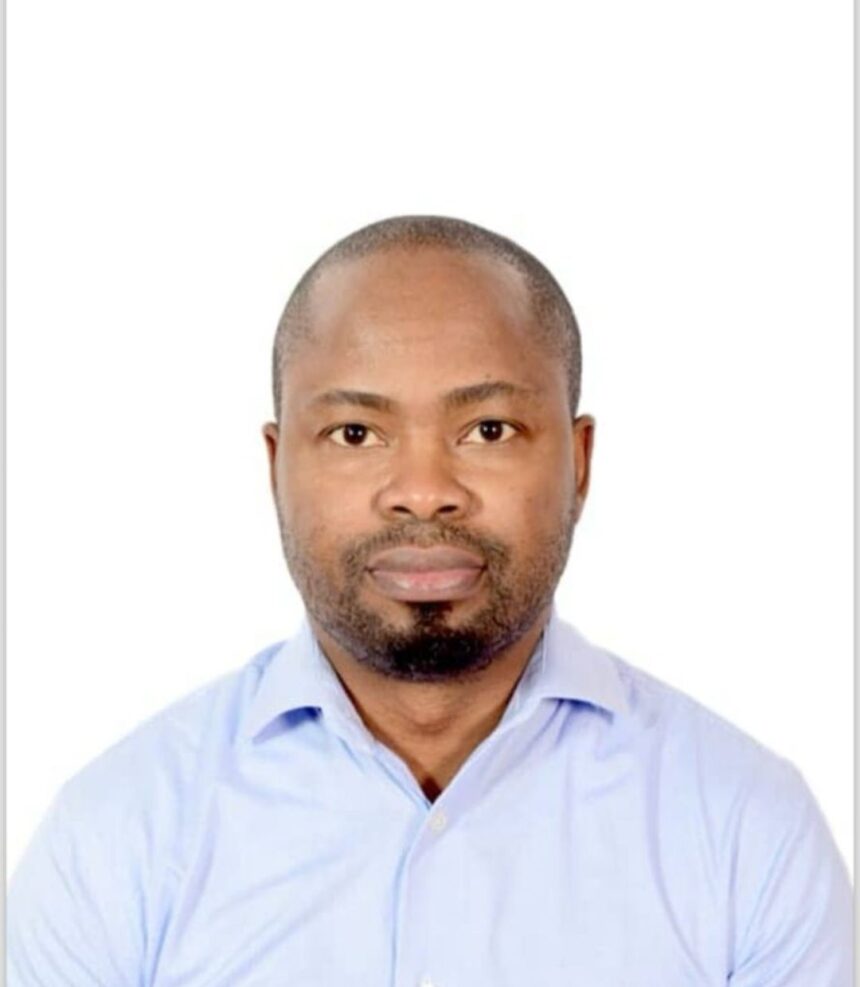The Vital Contribution of Anaesthetists
Anaesthetists are medical doctors who specialise in the administration of anaesthetics and pain management. “In the context of COVID-19, anaesthetists have played a vital role in managing patients requiring surgical interventions, such as tracheostomies and emergency surgeries,” Dr Ogunsakin explained. He continued, “Anaesthetists worked closely with intensivists to optimise patient care, ensuring that patients receive the best possible anaesthetic care while minimising the risk of complications. They have also developed and implemented protocols for managing patients with COVID-19 who require anaesthesia, such as using personal protective equipment (PPE) and minimising aerosol-generating procedures.”Challenges Faced by Intensivists and Anaesthetists
Despite their critical role in COVID-19 management, intensivists and anaesthetists have faced numerous challenges, according to Dr Ogunsakin. These include:- Staff shortages: The surge in COVID-19 cases led to a shortage of intensivists and anaesthetists, forcing them to work long hours and take on additional responsibilities.
- PPE shortages: The lack of PPE put intensivists and anaesthetists at risk of contracting COVID-19, requiring them to take extra precautions to protect themselves and their patients.
- Mental health concerns: The emotional toll of working in a high-stress environment, combined with the risk of contracting COVID-19, took a significant toll on the mental health of intensivists and anaesthetists.
- Lack of resources: The shortage of ICU beds, ventilators, and other critical care resources forced intensivists and anaesthetists to make difficult decisions about patient care, often with limited resources.
Conclusion
In conclusion, Dr. Ogunsakin explained that Intensivists and anaesthetists have emerged as the unsung heroes of COVID-19 management. Despite facing numerous challenges, they worked tirelessly to provide critical care to patients with COVID-19. Even as the pandemic has ended, it is essential that we recognize the vital contribution of these medical professionals to motivate them to continue providing exceptional care to patients with in dire needs.WATCH TOP VIDEOS FROM NIGERIAN TRIBUNE TV
- Let’s Talk About SELF-AWARENESS
- Is Your Confidence Mistaken for Pride? Let’s talk about it
- Is Etiquette About Perfection…Or Just Not Being Rude?
- Top Psychologist Reveal 3 Signs You’re Struggling With Imposter Syndrome
- Do You Pick Up Work-Related Calls at Midnight or Never? Let’s Talk About Boundaries






